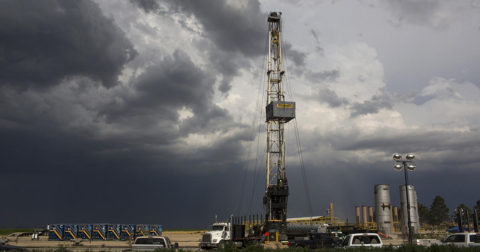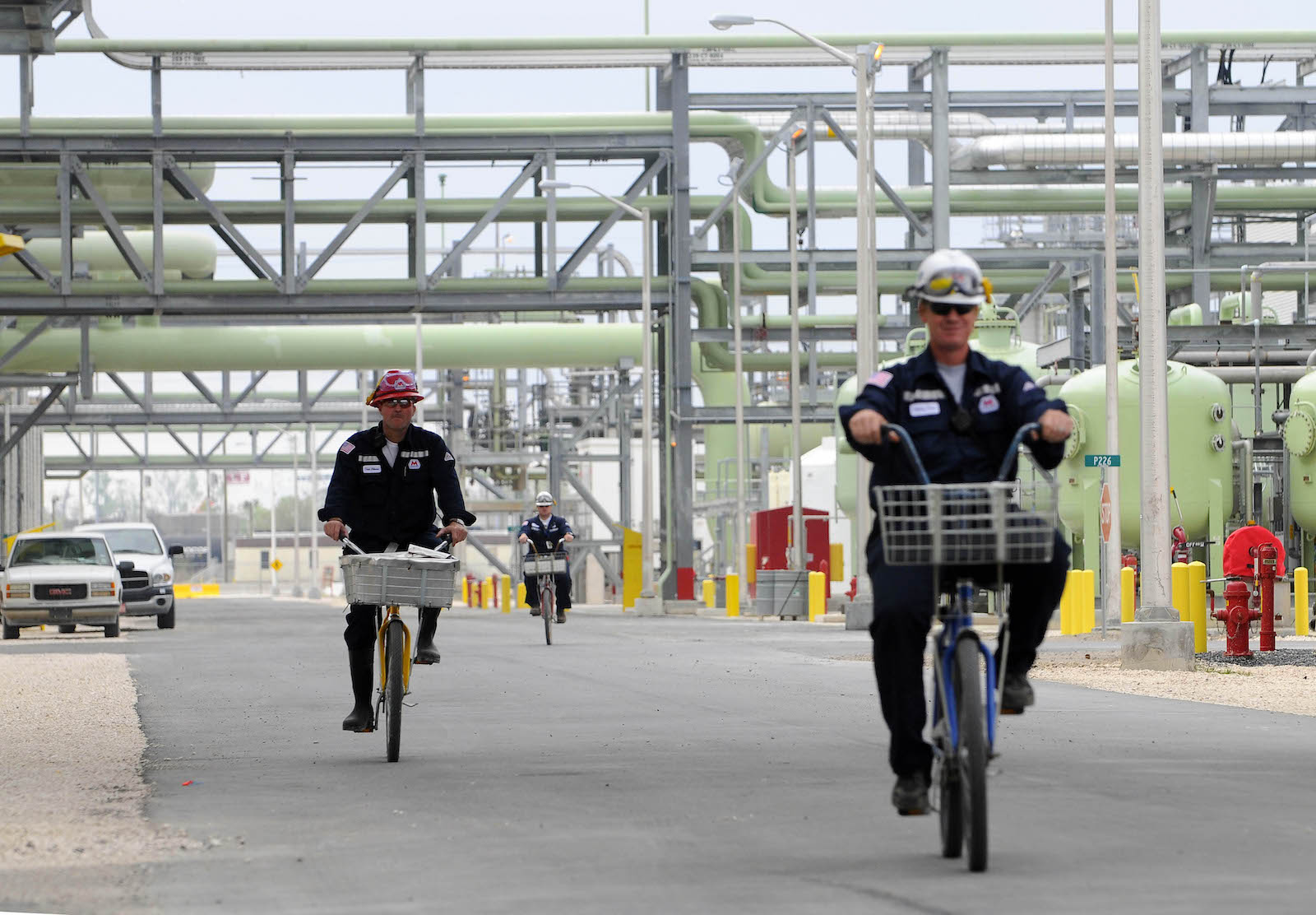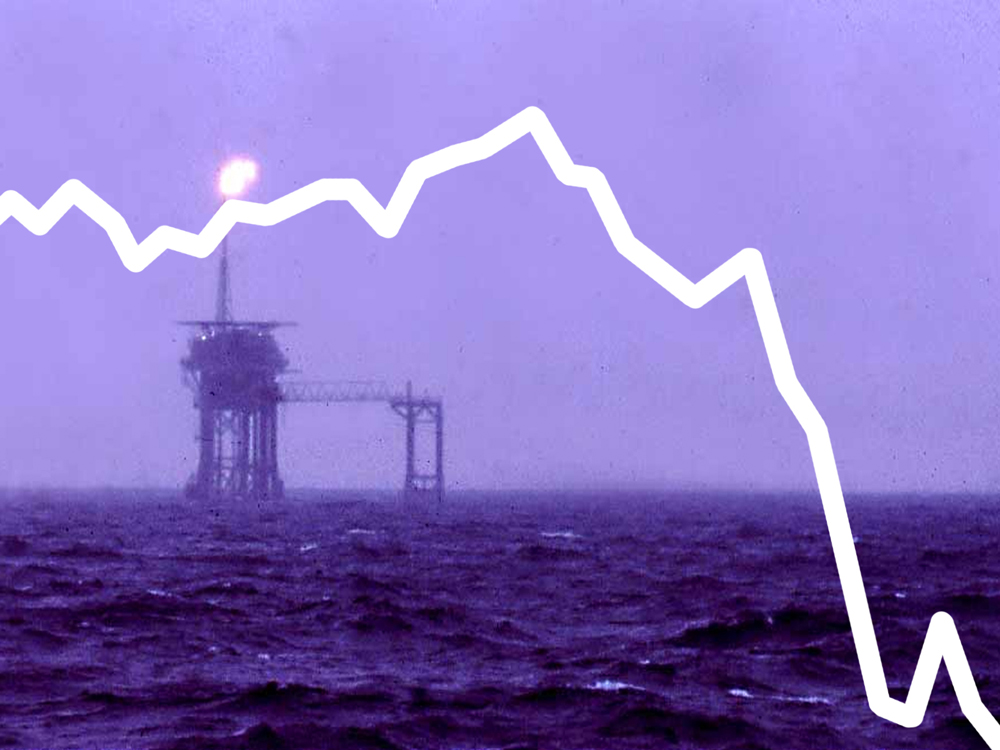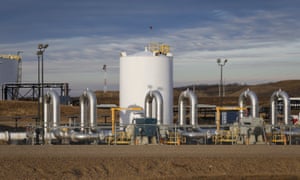
I never thought I would be even tempted to defend the oil industry, and that’s not exactly what I intend to do here, but their situation, and the situation in which they have put us, need a little explaining. There are two major narratives about the oil business currently, spurred by spiking fuel prices and corporate profits. One is that President Biden is responsible for high fuel prices; there’s no point in even discussing that notion, it is simply too dumb to live. The other, embraced by a large number of very smart people, is that the oil companies are making obscene profits by price gouging — raising prices simply because they can, and using the profits to buy back stocks and pay higher dividends and salaries.
They are raising prices, and they are racking up historic profits, but to understand what’s happening to them, and us, we need to know, as Paul Harvey used to croon, “the rest of the story.”
Oil companies like to say they “produce” oil but they don’t — they have to find it and get it out of the ground. If they don’t find enough new oil to replace the oil they have “produced,” they are in trouble. And if that state of affairs goes on very long, they find themselves in involuntary liquidation. For several years now, they have not been finding enough oil to replace what has been used up, and 2021 saw the lowest level of new oil discoveries in 75 years.
For many years, one of the biggest expenses oil companies had was searching for new deposits. But these expenditures are categorized as capital expenditures (capex, for short) and do not appear in profit-and-loss statements. In recent years, however, most oil companies have virtually given up, and that is one reason they are diverting profits to investor and executive benefits…
…click on the above link to read the rest of the article…



















